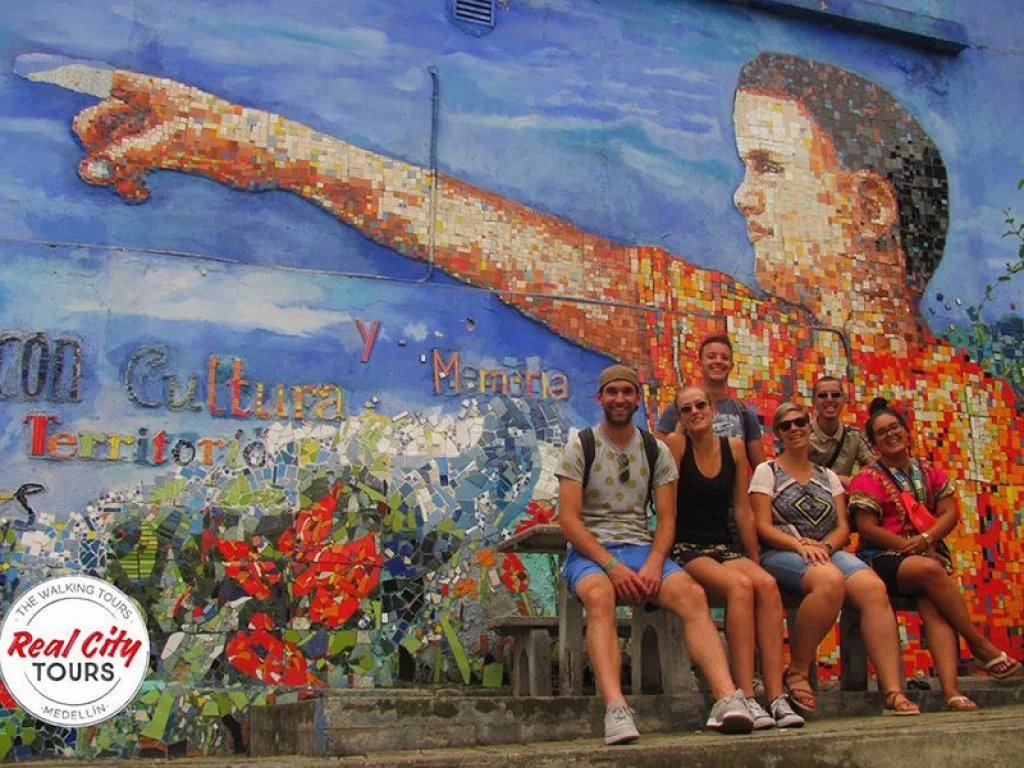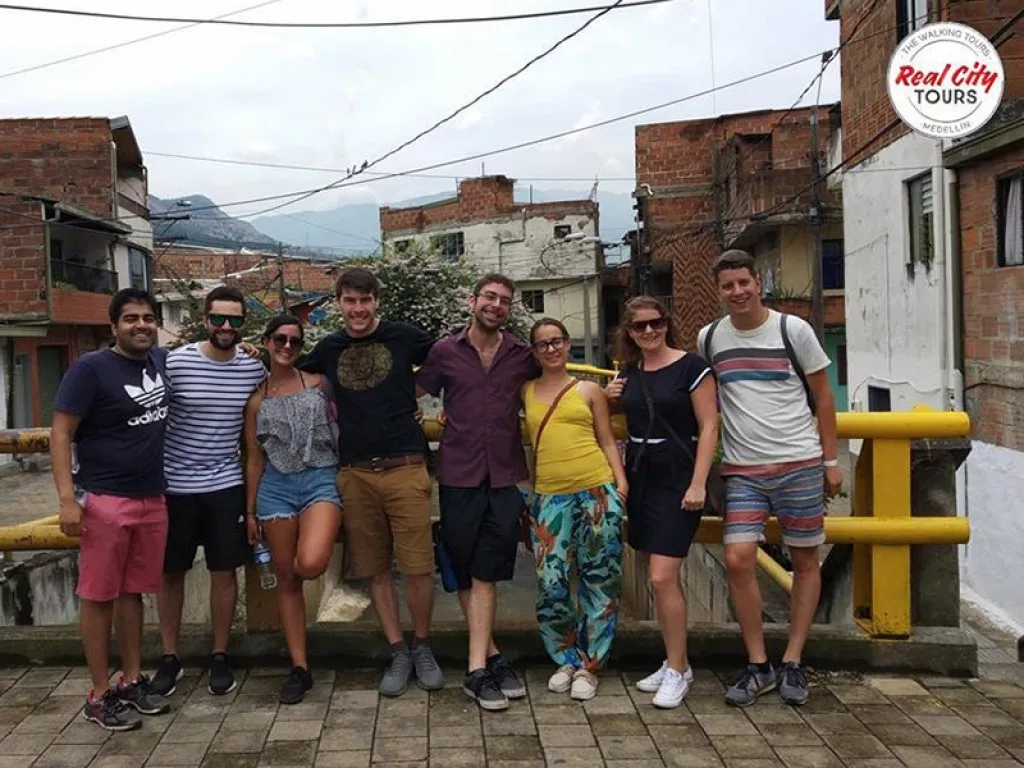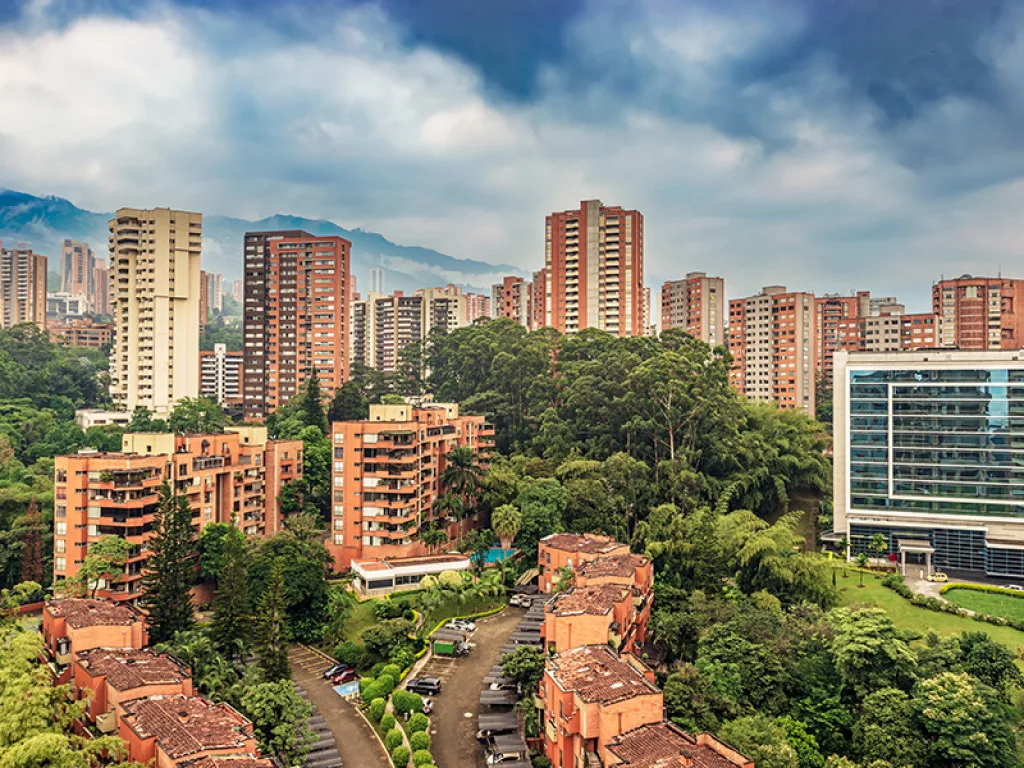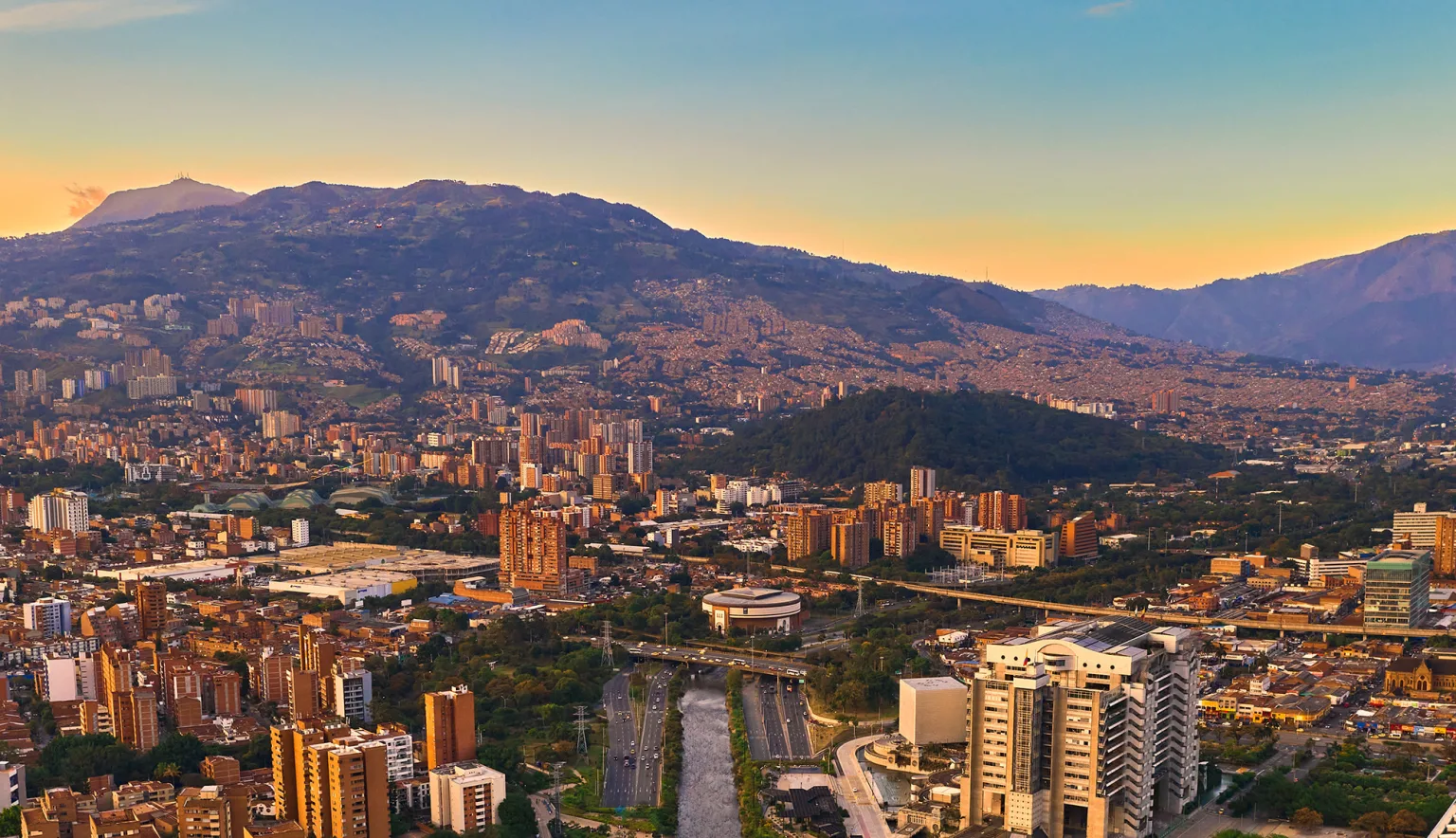Real City Tours show you the sides of Medellin not typically encountered in tourist guides. Supporting sustainability and grassroots community leaders, we speak with Founder, Pablo Alvarez.
THE METAMORPHOSIS OF MORAVIA, MEDELLIN
“Our mission is to show the different realities of the city. We want to help people visit the parts that they normally wouldn’t on their own.
“It is these areas that show powerful stories of transformation and a city’s whole reality, combining both its ‘ugly’ and ‘beautiful’ sides.”
Recognising the cannibalistic nature of the tourism industry, Pablo Alvarez, of independent Medellin-based walking tour operator Real City Tours, is well aware of the detrimental impact that overtourism can have on a community.
In the beating heart of Colombia, this is best exemplified by Medellin’s most-visited district, Comuna 13.
“This is a neighbourhood where many inhabitants are getting tired of tourism, as there is now no space for them to walk or even park. The noise levels are so bad that pregnant women are even leaving their homes to go and stay with relatives,” he tells us.
Indeed, this is an area that Real City Tours has deliberately chosen to avoid since its inception.
Social sustainability is a key component of what it means to be truly sustainable. The UN’s definition of this notion pertains to the identification and management of the impacts of businesses on people, of which human rights is the main cornerstone.
In line with these core principles, it is essential that we all conduct ourselves in a way that protects societies and the people within them. By so doing, inclusive and resilient societies are built where local citizens have a voice and governments respond.
Overtourism is a problem that plagues the global industry and can have a truly ruinous effect on the lives of local inhabitants. This is where Real City Tours establishes itself as a tour operator with a difference, promoting an authentic model of tourism grounded in the true realities of a destination.
“We are a leading company providing four types of walking tours in Medellin. Since 2013, we have run over 11,000 tours for approximately 215,000 people,” adds Alvarez.
Real City Tours leads tourists to the overlooked and under-explored places within Medellin, diverting visitor numbers from the overcrowded areas like Comuna 13.
“When we fall in love with someone, it’s because of both the pretty things and their little imperfections, and it’s the same with a city. We want people to fall in love with Medellin.”

TRANSFORMATION OF THE BARRIOS
The barrio of Moravia encapsulates one such society, and is an area highlighted on Real City Tours’ ‘Barrio Transformation’ excursion. The neighbourhood has evolved significantly from its roots as a landfill site and the city’s largest rubbish dump. This segment of the neighbourhood, the Morro de Moravia, was eventually carpeted with grass, walking paths and community gardens, with the aim of being a green oasis in the heart of Medellin.
During the 1970s, when impoverished citizens began to erect makeshift shacks on the rubbish dump for somewhere to live and to flee the conflict taking place in Colombia’s countryside, Moravia became a troubled community plagued by violence and drug trafficking.
Over the next few decades, community work, grassroot leadership and eventually government support began to reaccommodate those living on the hill to more suitable housing.
“When we began our tours here in 2015, it was very interesting to see the changes both on the hill and in the neighbourhood.
“At the time, the economic crisis brought by the pandemic plus the ongoing problems in neighbouring Venezuela resulted in around two million refugees coming into Colombia, whose economy was not strong enough to support all these newcomers, so once again people were living on the streets and building shacks on the mountain,” Alvarez explains.
A working-class neighbourhood, poverty still abounds in Moravia and areas of the district are progressing at entirely different paces. This has been exaggerated in the wake of COVID-19.
“The pandemic in countries like Colombia has taken a tremendous toll – not only through deaths from infection, but also affecting more people out of famine and starvation than the virus itself.”
As lockdown struck and money could no longer be earnt from the streets, vulnerable people began to return to the mountain, erecting shacks once again in search of shelter.
“What is happening in Moravia is so interesting from the perspective of social dynamics, but of course from a human perspective it’s extremely sad. These people are in an extremely vulnerable situation and once again they are building their houses on a mountain of trash.”
As Colombia’s economy begins to recover, rehousing efforts implemented by the government are taking off once again, this time for a new generation of refugees that Alvarez refers to as “victims of the economic system”.
Elsewhere in the neighbourhood, Moravia has become a beacon of social urbanism and community empowerment.
“In the remaining 80 percent of that neighbourhood, away from the hill, which 30 years ago was populated by people who had undrinkable water, unpaved streets and no access to public education, transformation remains.
“We go here because you can see the resilience of the people, the energy, passion, and electricity.
“For many, the most important lesson after visiting Moravia are the community’s grassroots leaders – the mothers and housewives for example, who on a Sunday morning decide to paint a wall or clean the streets. These are the true leaders.”
Now, the vast majority of the neighbourhood is completely paved, with public schools, cultural centres and the real benefits of institutionalism stemming from public funding. For Alvarez, this is the result of the trust that has been earnt over the years between these inspirational grassroots leaders and the local government.
“When they decided to give trust a chance and work together, the neighbourhood started to gain momentum,” he says.
Moravia elucidates the benefits that true social sustainability can bring, when governments work in harmony with the communities it should be supporting.
“Many South American countries share a common denominator, in that the governments tend to pay attention to one part of the city and the rest is forgotten. Moravia used to be on the forgotten side, but now, it is finally being taken care of,” observes Alvarez.

A SUSTAINABLE IMPACT
Alvarez ensures that Real City Tours implements strategies to make the business as sustainable as possible.
Firstly, by not visiting the barrio every single day, despite the demand that would surely make the business flourish. Group sizes are also limited to smaller parties.
“We give a percentage of our revenue from tickets to a grassroots project led by any of these community leaders. For instance, it might be funding for school uniforms.
“On each tour, we are also accompanied by a grassroot leader, some of whom might be learning English or can interact in Spanish. We include them and let them tell their stories. We translate for them and then, we pay them.”
With this intrinsic community-centred focus, Real City Tours continues to draw people to the many different sides of the ‘City of Eternal Spring’.
“We want to show that things are not perfect, there are defects, and even moments when transformation seems to go backwards, but we can’t just take that image. We need the whole picture where we can see positive things happening, and the things that still need to be fixed,” Alvarez concludes.

CONNECT WITH REAL CITY TOURS
Tel: +57 319 262 2008




















